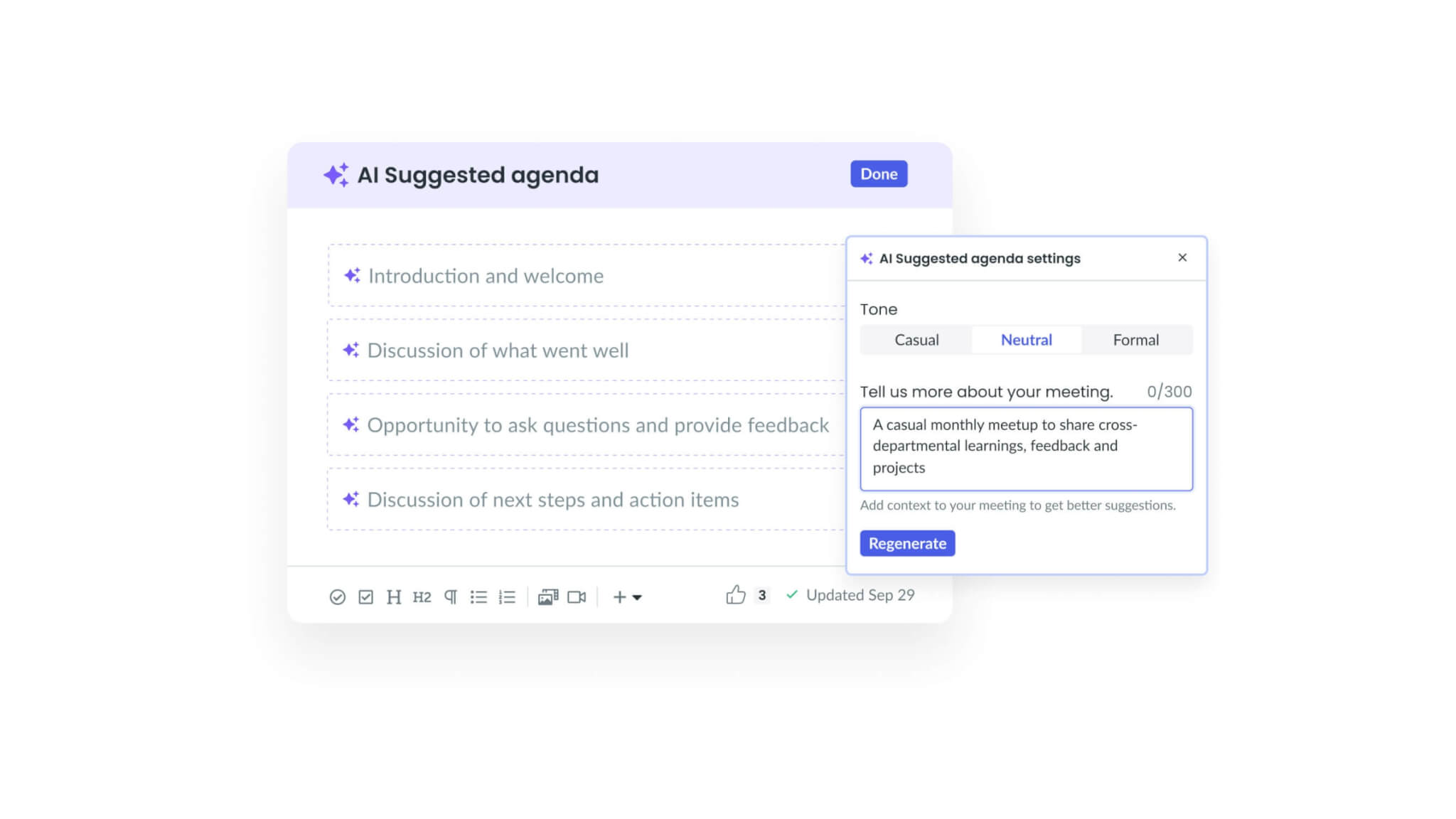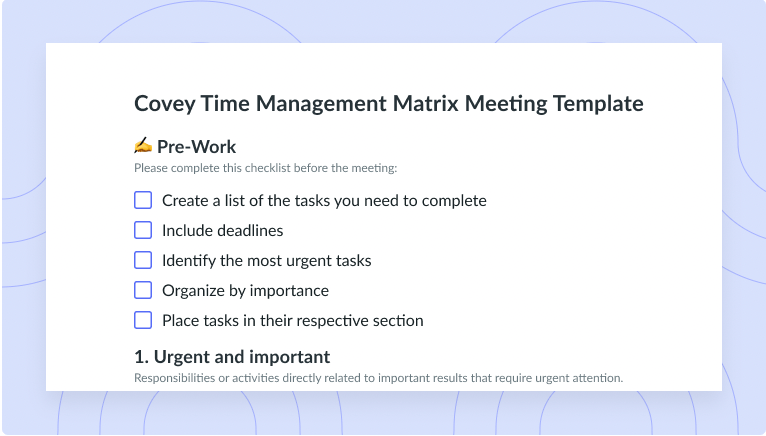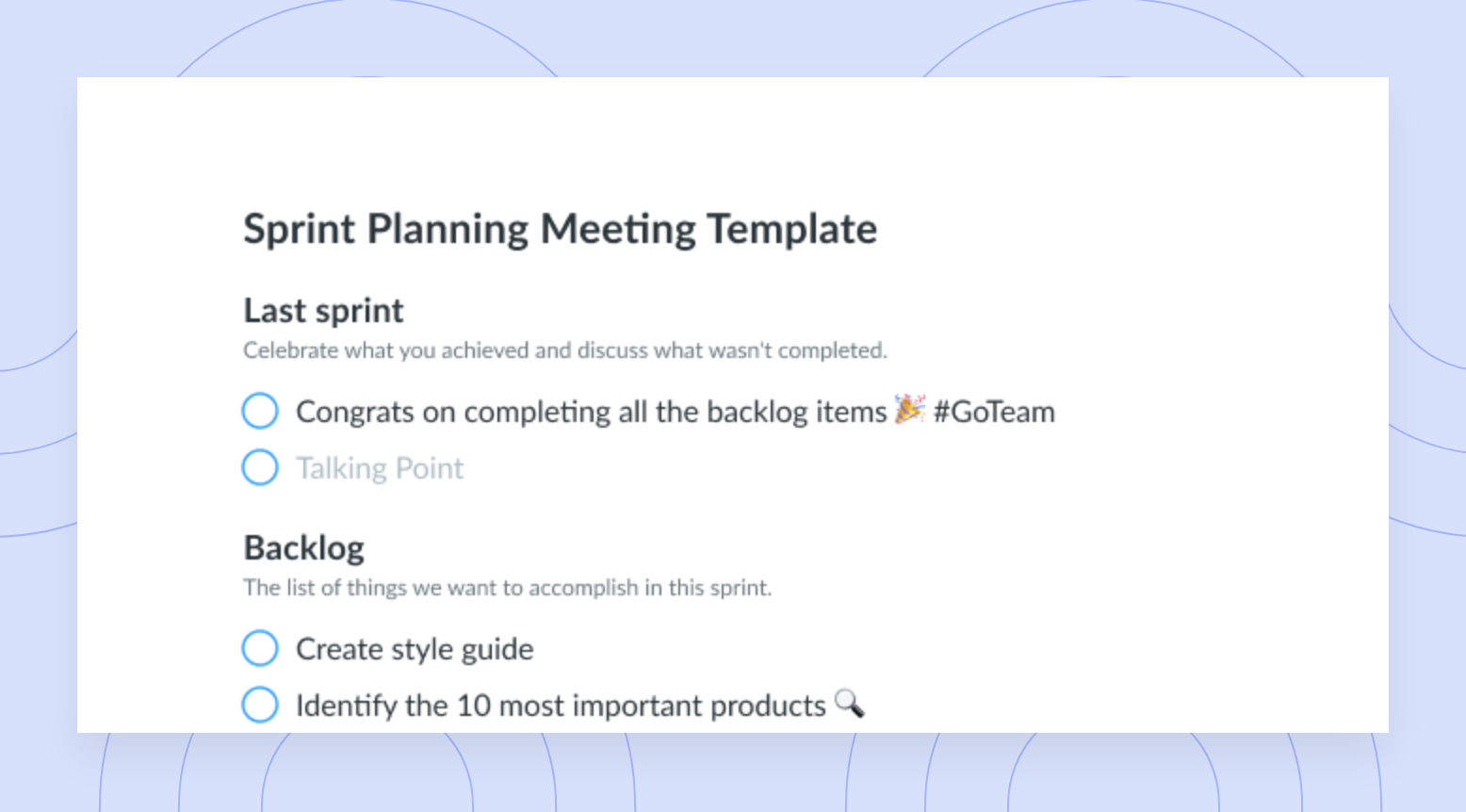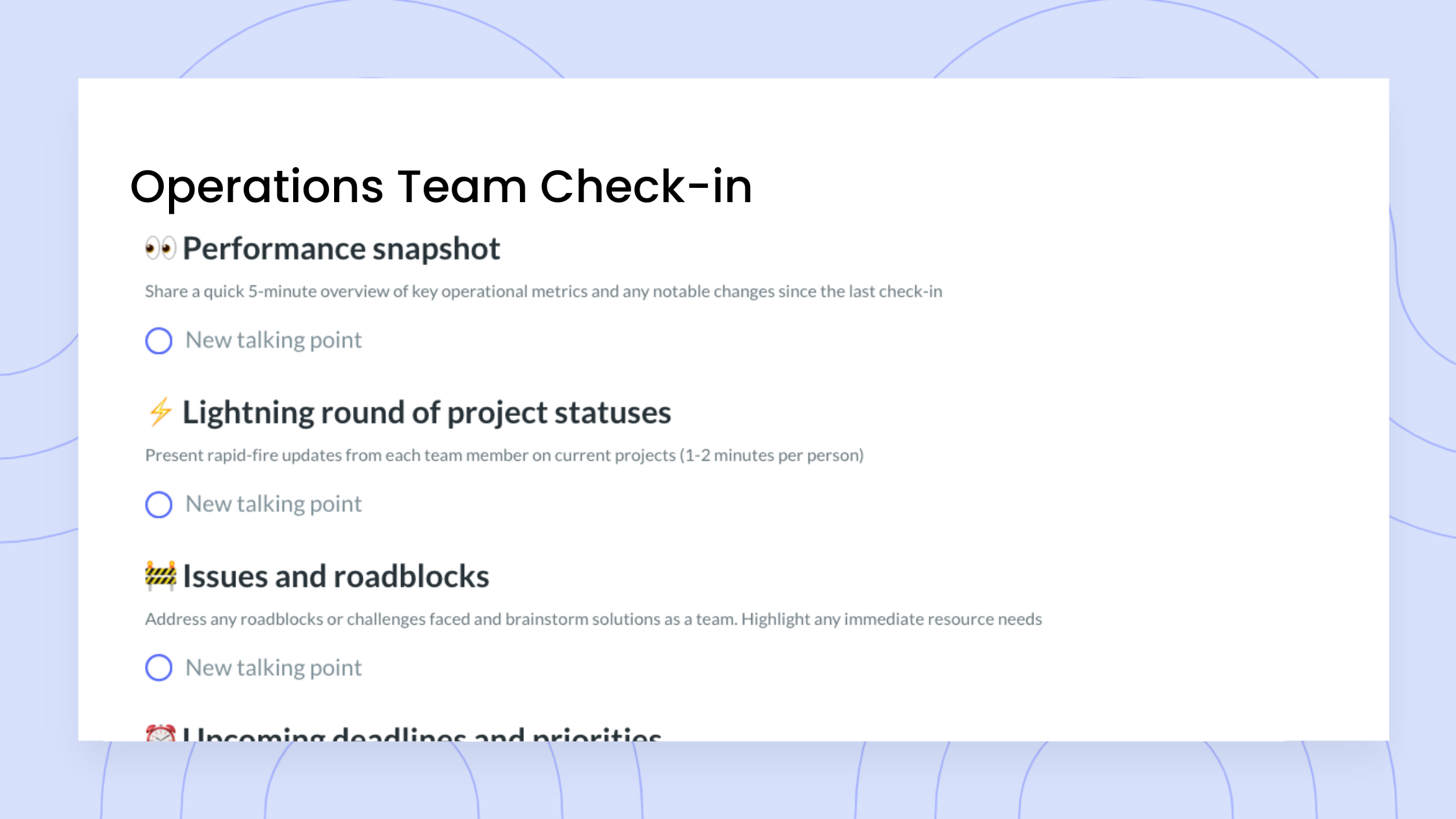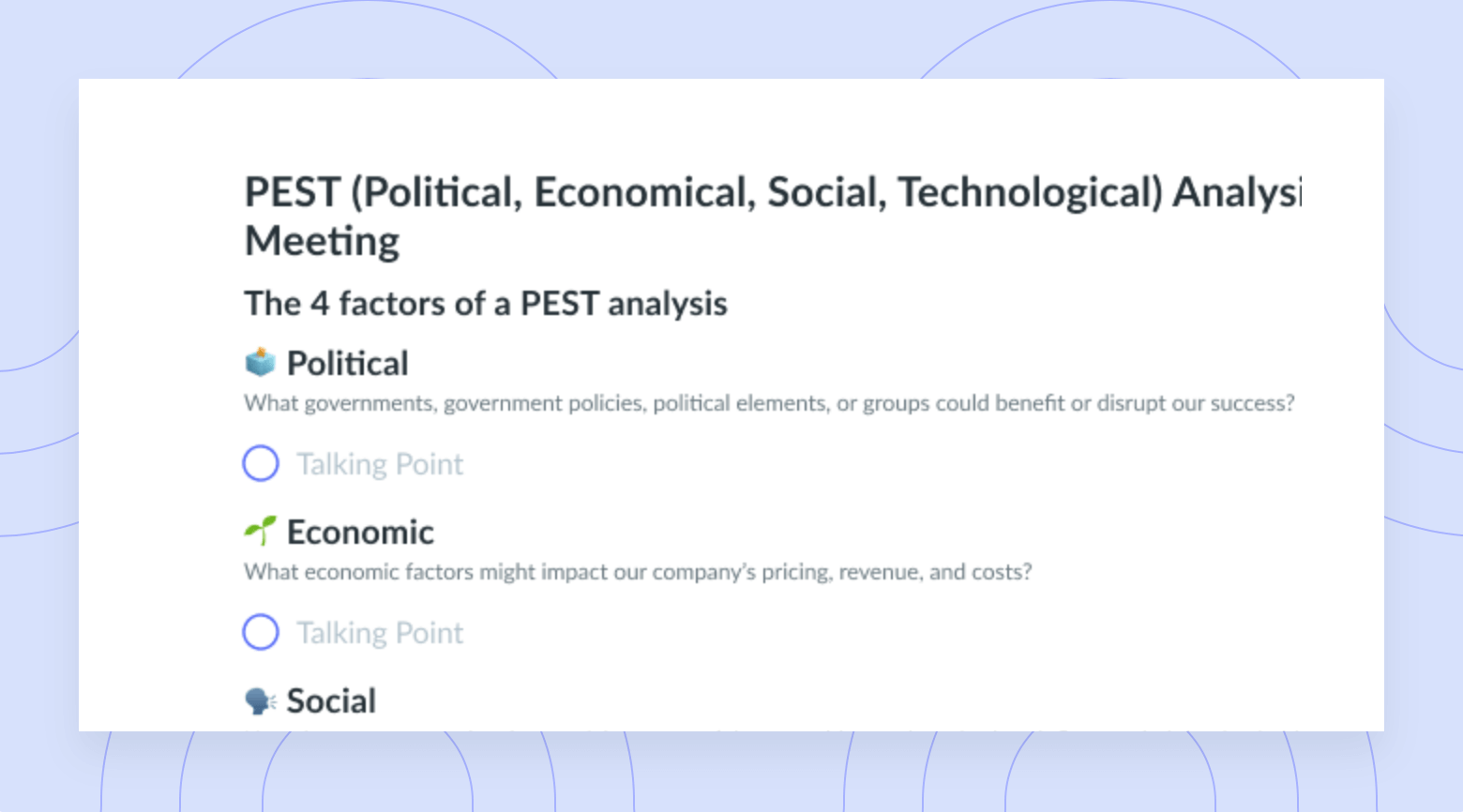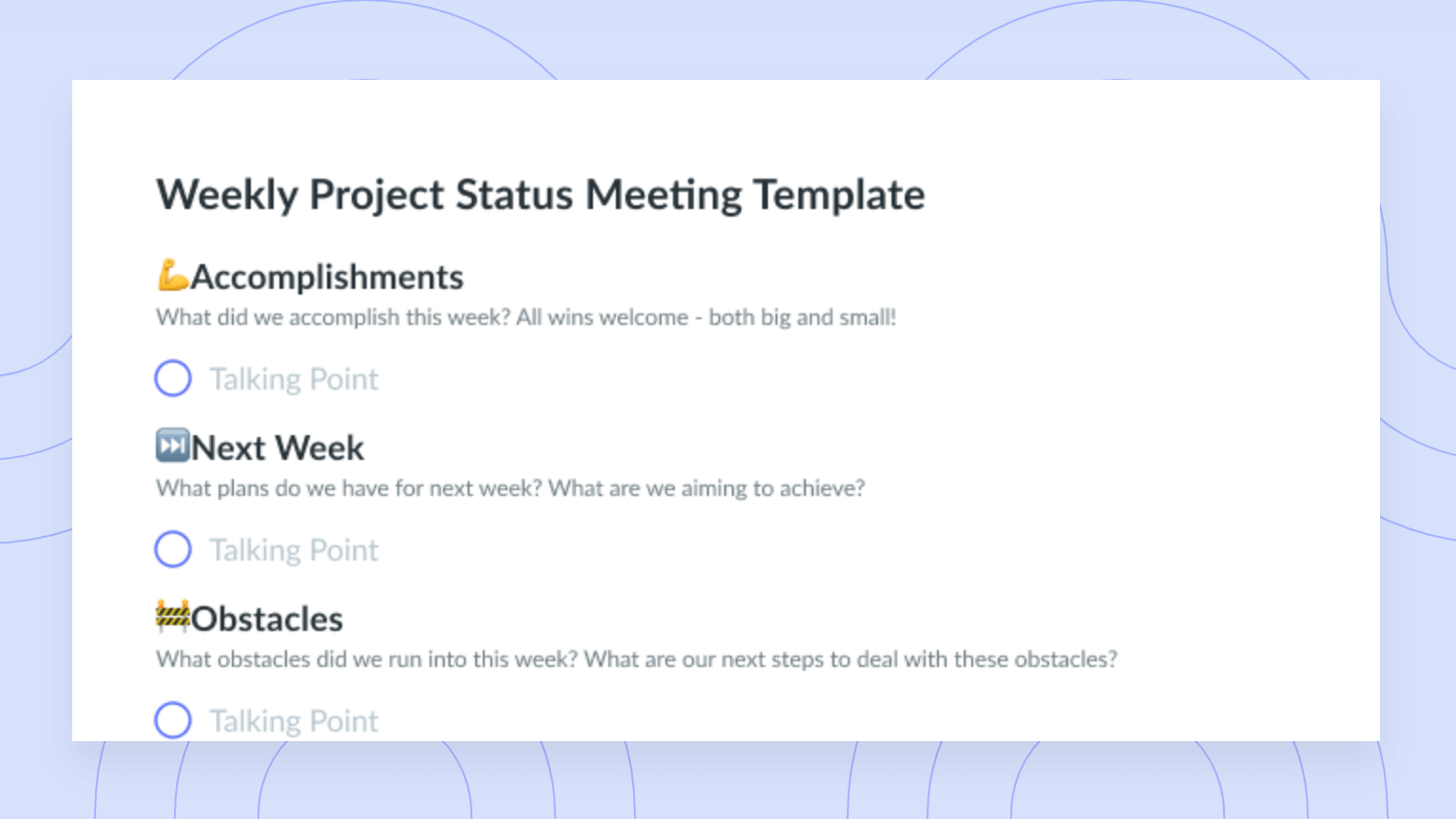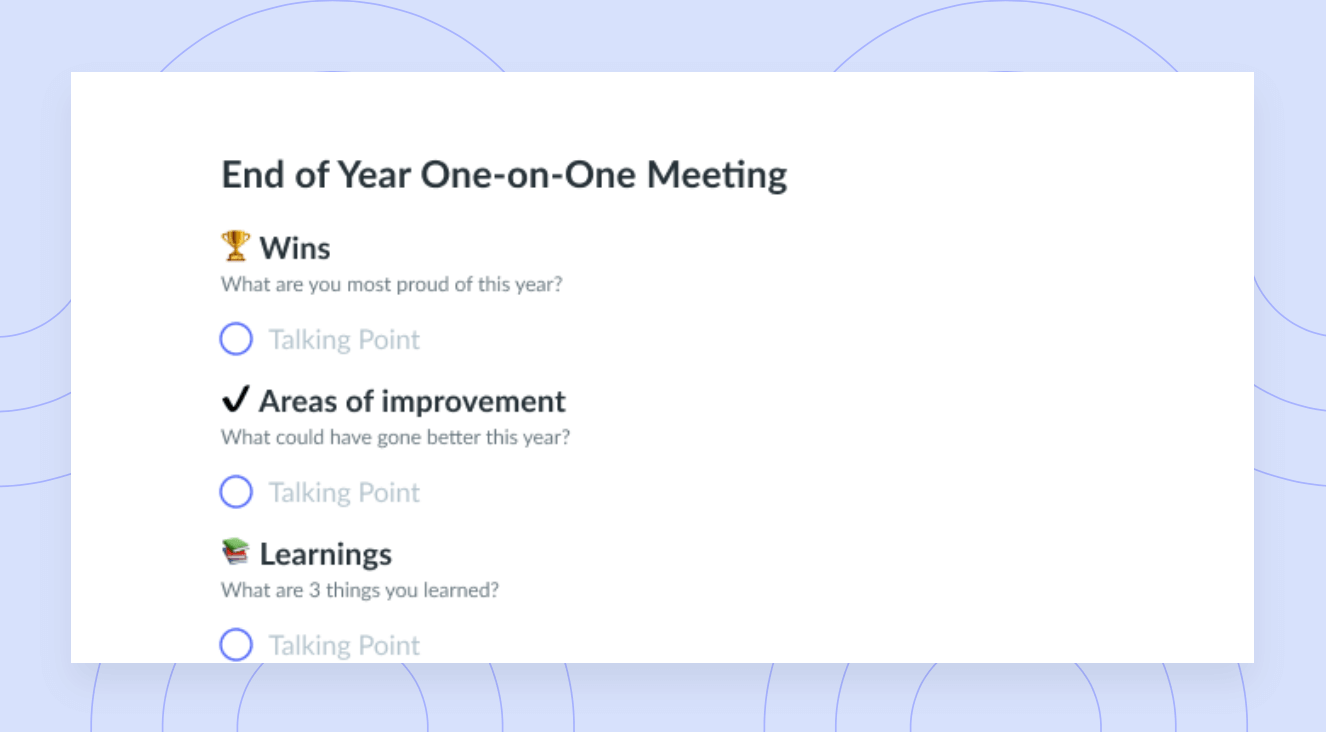Workload Management: 4 Tips to Master It in 2024
Explore what workload management is and how you can use workload management processes to optimize your team and projects next year.
Different teams have different needs when it comes to management and delegation. Perhaps you have teammates who work remotely in different time zones. Or maybe you spend hours every week delegating tasks to your diverse team with varying skill sets and interests.
If you’re a manager, you know how hard it is to delegate tasks fairly and efficiently. You probably have employees who seem like they’re never busy enough and others who always have too much on their plate. If so, workload management may be your solution!
Let’s take a look at workload management, why it’s important, and how you can build an effective workload management process today.
- What is workload management?
- Why is workload management important?
- How to build an effective workload management process
- 4 workload management tips for your team
What is workload management?
Workload management means leading your team using tools and systems that can help distribute a balanced amount of work to each employee. It refers to the process of strategically delegating work to maximize team performance.
With a multi-step workload management process, managers can easily plan, schedule, and distribute work. Using a workload management framework can also optimize your team’s performance. With a workload management tool, you’ll be able to use your human, financial, and technological resources, keep projects on track and within budget, and develop project schedules that align with your company’s long- and short-term goals. As a manager, you’ll even be able to better manage your own time and workload expectations.

Run efficient meetings, come to a decision, and get back to work
Level up your meeting habits to boost engagement and productivity with a collaborative meeting agenda. Try a tool like Fellow!

Why is workload management important?
- Prevents burnout
- Makes the best use of limited resources
- Ensures fair work distribution
- Reduces employee turnover and improves work-life balance
1Prevents burnout
Workload management protects teams and entire organizations from burnout. When managers can view who can take on more at any given time, employees are less likely to receive overburdening workloads. A workload management process ensures that priority tasks are distributed evenly among employees first so by the end of each workday, key deliverables are met and employees can disconnect.
2Makes the best use of limited resources
Managing the team’s workload will ensure that you can lead your team to success, no matter how many resources you have at your disposal. Many employees lose hours each week to inefficient workplace habits and poor communication. Implementing a workload management process makes certain that employees know what to work on and are occupied with the most important work at any given time.
3Ensures fair work distribution
Workload management processes aim to assign work equitably. These processes also consider different levels of responsibility associated with different positions so specific tasks are assigned to the true experts on each team.
4Reduces employee turnover and improves work-life balance
When you properly manage your team’s workload, you cultivate a work culture that values the quality of work completed over quantity. It also makes it easier to acknowledge and appreciate your employees’ efforts during times of high work demand. Additionally, a workload management process that allows you to look into and plan to obtain the necessary support is present to help complete the work if needed.
How to build an effective workload management process
- Step 1: Create a work breakdown structure
- Step 2: Check your team’s capacity
- Step 3: Assign tasks to team members based on skill, availability, and capacity
- Step 4: Monitor schedules and project progress
Step 1: Create a work breakdown structure
You need to determine what tasks and deliverables must be completed for a project before getting started. Try using a work breakdown structure (WBS) to map out each step, visualize tasks, and determine deadlines. The WSB takes a step-by-step approach to completing large projects. Start by determining the primary goal of the project. Then, identify every task that will have to be carried out. Think carefully about your team’s capacity and how much time and resources you’re willing to dedicate to the project.
Step 2: Check your team’s capacity
Spend some time capacity planning before you move forward. Gain an accurate view of everyone’s schedule by asking about and reviewing upcoming schedules, mapping out key deliverables for the month or quarter, and checking in with each employee to see how they’re doing. Take factors like time zones, remote work, and flexible hours into consideration when assessing workload and capacity as well.
Step 3: Assign tasks to team members based on skill, availability, and capacity
Assign tasks to the team members with the right skills once you’ve determined that your team does have the capacity to take on something new. Use a project or resource management tool or a spreadsheet to assign teammates to specific tasks. With some digital tools, like Fellow, you can even import projects through a CSV or integrate your WSB into tools you’re already using like Slack and Zoom.
Allocating resources for any project is challenging, so it will be important to keep your team in the loop throughout the process. Choose a model that works well with your team. For example, if your employees love using Kanban boards to visualize workflow and enhance efficiency, use this format to delegate tasks. Involving your teammates as you assign tasks and set deadlines will make the whole process smoother!
Step 4: Monitor schedules and project progress
Keep a close eye on how your employees are performing their delegated tasks. Try tracking your team’s utilization rates to flag issues. For example, if someone is operating above 80% and has less than 20% of their days to tend to reactive work or administrative tasks, it may be time to reassign some of their tasks to another person. Finding a process that works will be a work in progress, so be flexible and willing to update your WSB if anything changes.
4 workload management tips for your team
- Help team members prioritize tasks
- Accommodate different styles
- Advocate for your team
- Track hours to validate capacity and plans
1Help team members prioritize tasks
Employees are more likely to complete small tasks that seem urgent instead of actual urgent priorities. While context switching may seem productive at first, it can actually lead to mental fatigue and makes us less productive overall.
Help your employees prioritize tasks by having them categorize action items into four subsets: important and urgent, important and not urgent, unimportant and urgent, and unimportant and not urgent. This will help your teammates identify what needs to be tackled first.
2Accommodate different styles
Everyone works differently and that’s okay! Diverse working styles can help you boost team performance and improve your decision-making skills.
Some of your teammates may want to knock out complex tasks first thing in the morning to make way for meetings and emails later in the day. Others might choose to work in time blocks if that better suits their needs. During team meetings and one-on-ones, communicate your expectations for each project but let your employees know that you’re willing to accommodate their unique working styles.
3Advocate for your team
When scope expands and deadlines are tight, some employees may be burdened with unmanageable workloads. As a manager, you should be ready to step in to protect your team from unnecessary tasks and extra work. When completing a large project or working towards a common team goal, communicate your employees’ availability with other managers in the company.
With Fellow’s feedback feature, you can share real-time feedback on meetings, projects, and performance. Use this feature check-in with your employees regularly during an important project and ask for and deliver feedback. When everyone’s on the same page, it’s easier to lift your teammates up and support them.
4Track hours to validate capacity and plans
Tracking your team’s time is the best way to know how effective your team is! As your employees work through large tasks, use a task-tracking tool or have your employees track their own time to see what tasks take up the most time. These insights will help you plan more effectively for future projects because you’ll know how long each task actually takes the team or specific employees to complete.
Tracking hours will also help you avoid scheduling long-term scheduling conflicts. Time is often considered the scariest resource because nothing else can be managed unless time is. For example, if a large project has taken your team longer to complete than expected and another priority is creeping up due to the time of year, you’ll know to give your team more time the next time you embark on a major task.
Parting advice
They say that productivity is never accidental and is always the result of a commitment to excellence, intelligent planning, and focused efforts. If you want your team to focus on the right tasks, try implementing workload management processes into your existing workplace systems.
Having an effective workload management process can make the difference between a motivated team and an overburdened one. If you’re scared to start, think deeply about how a workload management system will reduce team stressors. Begin with a multi-step plan to efficiently distribute work, and your team is bound to stay on track.
